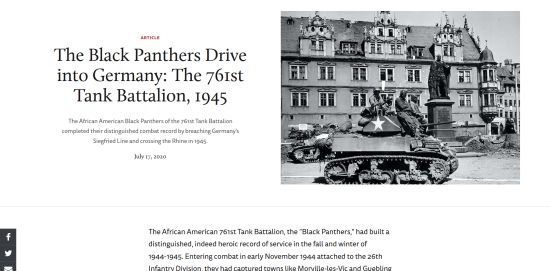
The Nazis' Wartime Jewish Atrocities
157 pages. Black-and-white photos throughout. Introduction, introduction, closing notes, list of sources (chiefly websites), and index.
This book is a basic introduction to the topic of the Holocaust, written more as a collection of articles (chapters) rather than a cohesive book.
The introduction – 2 pages – includes a brief history of German persecution of Jews prior to the start of WWII.
The first chapter – 4 pages – dives into the role of Romanians in extermination of the Jews of Odessa (Russia, 1941-2), and post-war punishment of the leaders involved.
The second chapter – 15 pages – explains the significance of the 1942 Wannsee Conference (where the S.S. coordinated German government support for the killing of the Jews of Europe), lists who was there, and details the fate of each participant.
The third chapter – 6 pages – describes Operation Reinhard (1941-3), the extermination of the Jews of Poland, the cover-up of the killings, and post-war punishment of two of the leading participants.
The fourth chapter – 4 pages – describes Operation Harvest Festival (3-4 November 1943), when 43,000 slave laborers (Polish Jews) were killed in the largest single massacre of the war.
The fifth chapter – 10 pages – explains how the Nazis in 1940 rounded up 400,000 Polish Jews and forced them into a district called the Warsaw Ghetto, where the Jews suffered deprivations, random executions, Jewish resistance, and deportations to labor and death camps.
The sixth chapter – 4 pages – provides a capsule biography of Reinhard Heydrich (one of the chief proponents of the Holocaust), his assassination (the only successful state-sponsored assassination of WWII), and the fate of the assassins.
The seventh chapter – 8 pages – describes the S.S. paramilitary mobile death squads, or Einsatzgruppen. Major atrocities are mentioned, and the fate of prominent members is provided.
Several chapters describe the camps: Auschwitz (24 pages), Bergen-Belsen (13 pages), Neuengamme (4 pages), Belzec (7 pages), Sobibor (7 pages), Treblinka (7 pages), Dachau (7 pages). The types of camps are explained (forced labor, concentration, extermination, etc.). Life in the camps is described, as well as notable inmates. Prominent Nazis who worked in the camps are listed, including their ultimate fates.
The fifteenth chapter – 17 pages – describes the role Nazi women played as camp guards, with notable guards profiled and their fates chronicled.
The sixteenth chapter – 4 pages – describes what the Allies knew of the Holocaust, and concludes nothing could have been done by the Allies to prevent it under wartime conditions.
The seventeenth chapter – 3 pages – summarizes what was mentioned in British newspapers regarding the Holocaust during the war, and primarily tells the story of Dr. Hanfstaengl, a German Nazi and friend of Hitler, who became disillusioned over persecution of the Jews.
The final chapter – 7 pages – details some of the documentation of the Holocaust which has survived (telegrams and S.S. reports).
This slim book is a useful introduction for those who don't know much about the Holocaust. Rather than tell the tale of the Holocaust in its entirety, the author has broken the subject up into chapters that are practically independent articles on specific topics, so the reading experience is more like reading a series of articles rather than one unified book.
One flaw with the book is that the Jews are treated primarily as a group, numbers of people, so that it is hard to understand what their individual experience was like until you get to the chapters on the camps, where some capsule biographies are provided.
Much of the book involves listing the Nazis who were directly involved in the Holocaust, and how they were punished (or not) after the war. The reader may be startled at how many sentences were later reduced; as the author eventually explains, the politics of the Cold War meant that West German politicians could insist on leniency toward former Nazis.
Note that the book is well illustrated throughout with black-and-white photos which, given the subject matter, are not suitable for young children.
I felt that the author succeeded at compiling information about the Holocaust, but could have done a better job of pulling it all together to make a cohesive book. Nevertheless, it is a useful reference to one of the worst tragedies of the 20th Century.
Reviewed by ![]() Editor in Chief Bill
Editor in Chief Bill ![]()
![]() .
.







